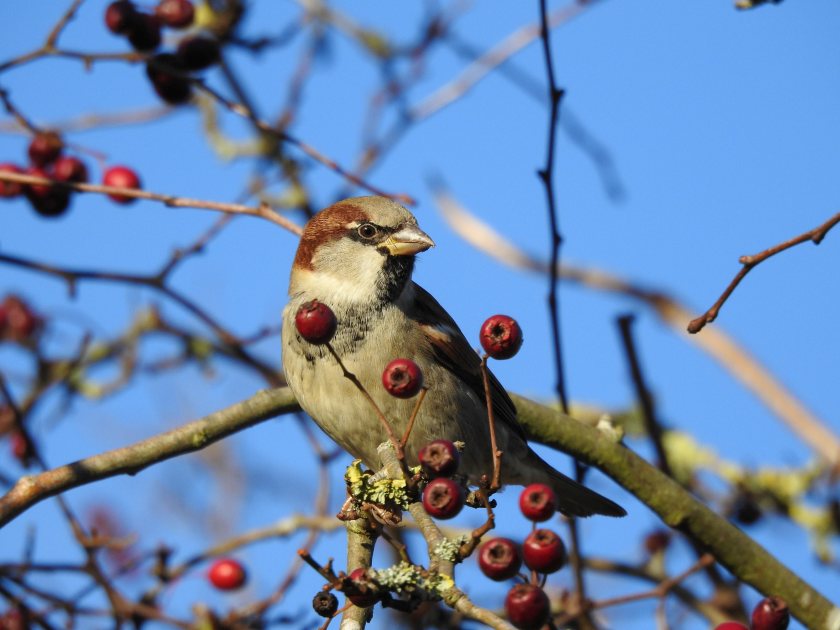
Thousands of farmers and land managers across the UK are setting off on their fields to count farmland birds as an annual initiative gets underway.
The Big Farmland Bird Count, organised by the Game & Wildlife Conservation Trust (GWCT), asks farmers to spend half an hour counting birds on their land.
The aim is to encourage land managers to support farmland birds and highlight the work already done to help reverse species’ declines.
The count gives a vital national snapshot of the health of the country's birdlife.
Counting takes just 30 minutes and can be done anytime between now and 20 February.
Dr Roger Draycott, who organises the count, said it was an opportunity for land managers to see the impact of their conservation efforts.
"It is a great way to demonstrate to the public and policy makers what can be achieved on the UK’s farms," he said.
“Land managers look after 71% of the UK’s countryside – the largest songbird habitat in the country – so they can make a real and immediate difference by adopting effective conservation measures.”
Participation in the GWCT Big Farmland Bird Count reached record levels in 2021: 2,500 counts were returned, up from 1,500 in 2020.
Counts were carried out across 2.5 million acres of England, Scotland, Wales and Northern Ireland, up from 1.4million acres in 2020.
Organisers hope that even more people will get involved over the three weeks of this year’s count.
The NFU is again sponsoring the Big Farmland Bird Count, with president Minette Batters calling on farmers to get involved.
“Last year saw a record number of people participate in the count. So, over the next three weeks I would encourage as many farmers as possible to pick up their binoculars.”
Sarah Righton, who farms 300-acres near Moreton-in-Marsh in Gloucestershire, said the initiative was an opportunity to get involved on a national scale.
“We have a 300-acre mixed farm, livestock and arable, small fields, mature hedges, pond areas and we plant wild bird cover crops in the spring to provide food for the birds over winter.
"We can see if what we have been doing over the last 11 years has made a difference and it gives us a starting point for planning what we can do in the future.
"We've decided to invite our farm shop customers to come along and help us count this year.”
How do I get involved?
Just pick one day between 4-20 February, download a count sheet online and spend 30 minutes recording the number and species of birds seen on one area of land.
Then submit your results via the website.
